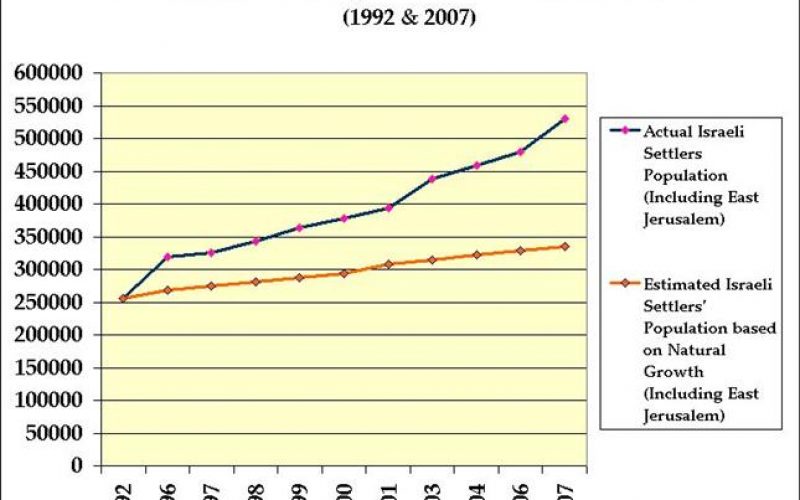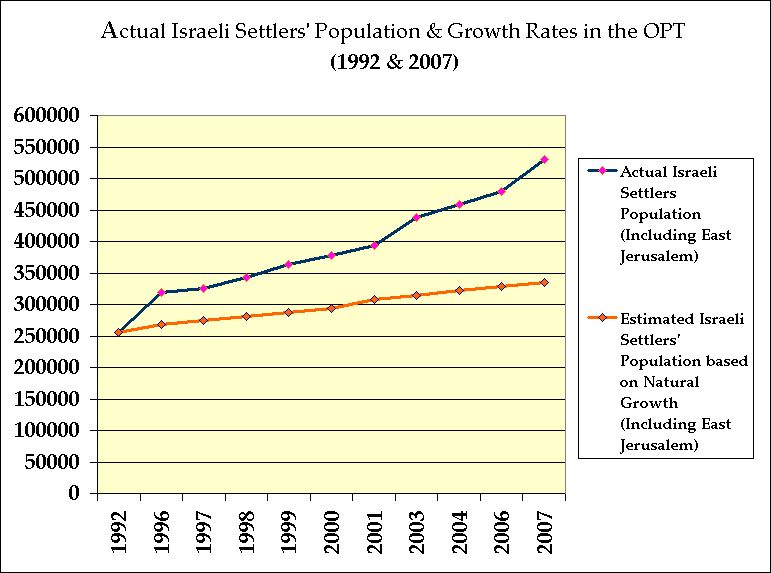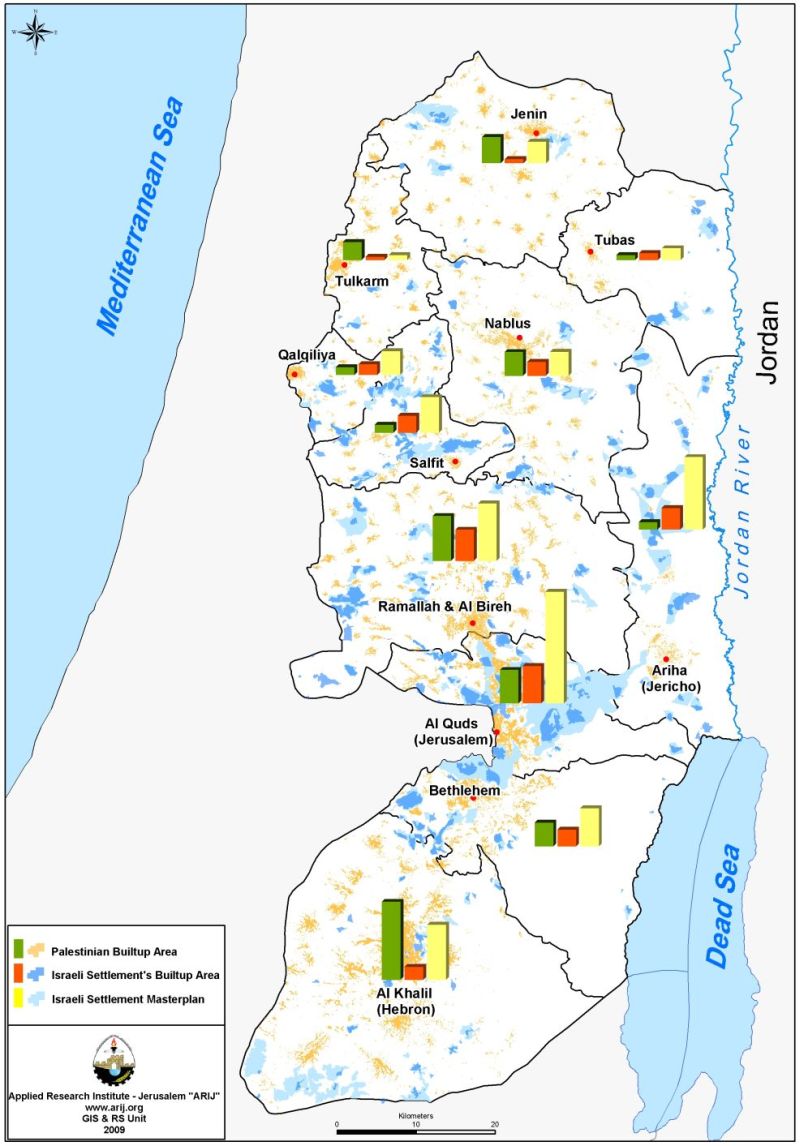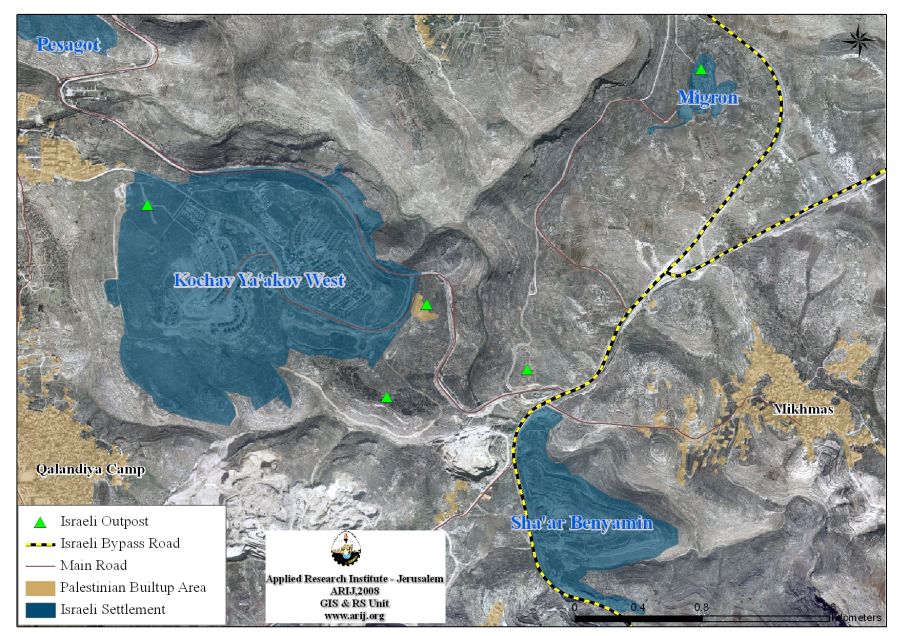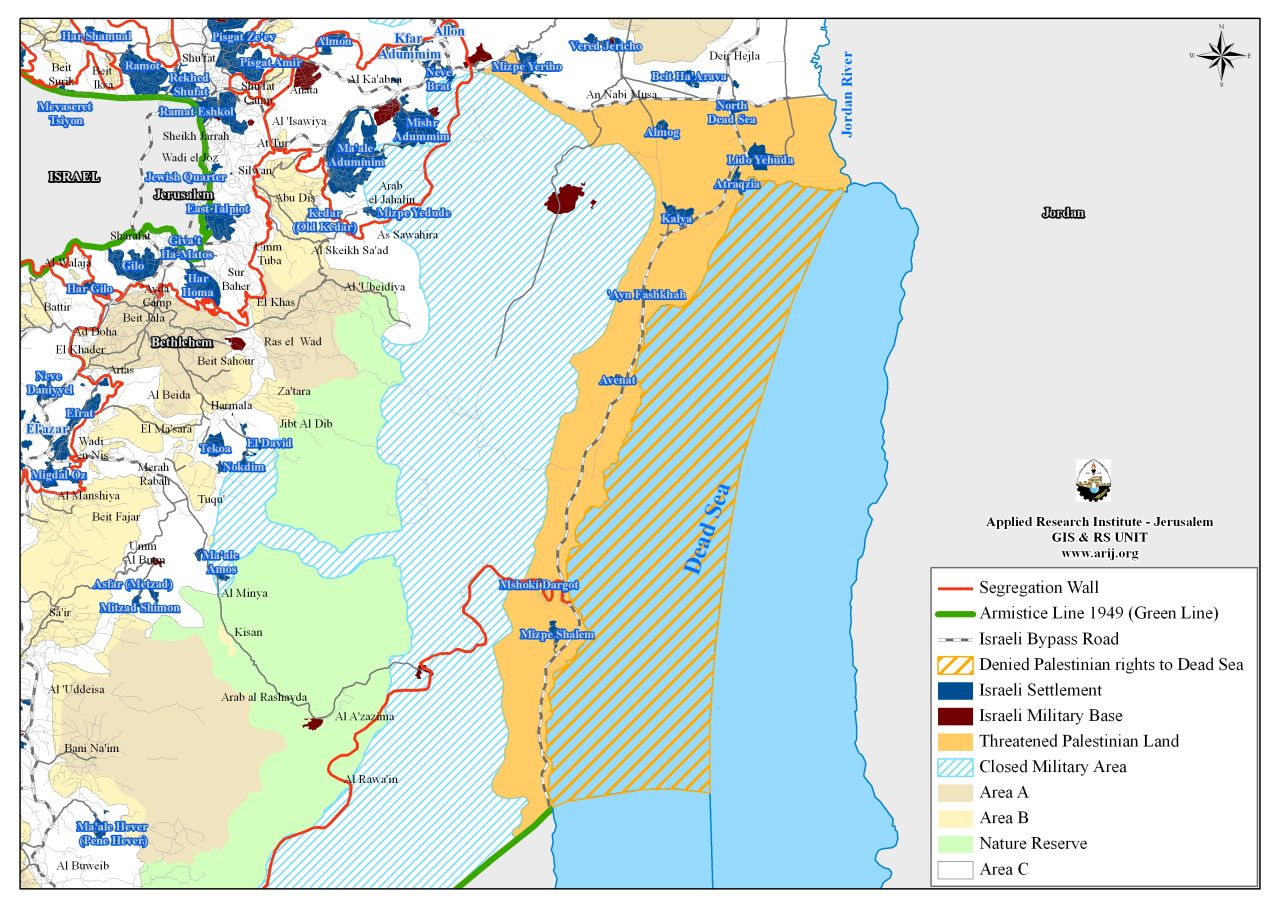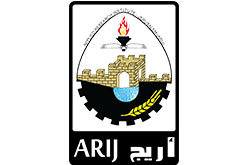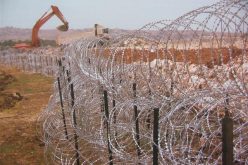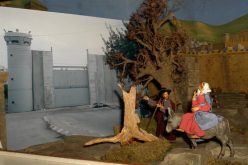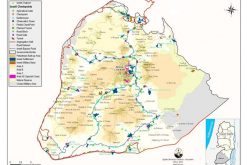Top officials from the United States and Israel have has spent the last couple of weeks visiting each other in Washington D.C., New York, London, and the Middle East. The major topic of discuss has been the renewal of the peace process, and specifically the controversy over Israel settlement activity. The U.S. (along with the international community) has called upon Israel for a complete settlement freeze, including a freeze on the construction of outposts, the construction for 'natural growth', and construction of 'neighborhoods' in East Jerusalem; however, the Israeli government continues to evade the international community, using tricks to and political jargon to hid their true intentions of expanding the Israel settlements in Palestinian lands.
Though the list could go on much longer, below is a list of the Top Ten Tricks by Israel to fool the International community regarding their activities in the settlements in the Occupied Palestinian Territory:
1. Allowing Some Construction of Settlements While Promising to Cease All Other Settlement Growth.
One game that the Israeli government plays is to say ' We will stop settlement activity just as soon as we finish this one community, because after all, we have already started, and we cannot go back on our contracts'.
The most recent example of this game involves 2,500 houses in the Israeli settlement of Erfat. The U.S. has denied recent reports from the Israeli dailies Maariv and Ha'aretz, and Bethlehem based reporting service Ma'an that the U.S. has reached a deal with the Israeli government: cease all new settlement construction activity and the U.S. will not object to the building of 2,500 new houses in the Israeli settlement of Erfat.
But if this report is true, what type of tricks is Israel playing with the Palestinians and the international community? Are you stopping the construction of settlements if you demand 2,500 new houses?
Israeli Defense Minister Ehud Barak and Israeli Prime Minister give statements to the press that they are willing to have a cease in settlement activity; however, there claims are also made with ridiculous caveats like the 2,500 new houses in Erfat.
2. Camouflage Satellite Pictures
When public relations and political jargon aren't enough, the Israeli government is very clever to alter the aerial satellite photos to simply cover the settlements with digital imaging. The pictures below show the Israeli settlement on the right, and the same plot of land, miraculously without a settlement, on the left. Why bother discussing the legality and the specifics of the settlements when you can simply cover them up with digitally doctored photos?
3. Natural Growth
Natural growth is another favorite political trick of the Israeli government. Some Israeli officials, including PM Netanyahu and Foreign Minister Lieberman, claim that even if settlement growth ceases there will need to be some construction to accommodate the 'natural growth' of the population.
This is a funny play on words because in actuality the settler population is growing at a much slower rate than the construction rate of new settlement buildings. This shows that the new constructions is not needed for the expansion of the existing settlers but rather for the movement to the settlement community of new populations (mostly new immigrants to Israel).
From the chart below, it is obvious to see the huge discrepancy between the Israel Settler population, which is almost reaching 550,000 in 2007 and the Estimated Israeli Settlers population based on natural growth projections.
Chart 1: Settler Population and Growth Rates in the OPT
Furthermore, the amount of construction is so high in the occupied territories that in order for the Israeli settler population to keep up with the expansion of houses, the Israeli settler population's growth rate would need to be 5.8%. However, the annual population growth rate from 1990 – 2007 was only 2.5%.
'Natural Growth' is a trick to fool the international community to believe that new construction is necessary for the existing settler populations when in actuality 'natural growth' is a trick to allow for new populations to move into the Occupied Palestinian Territory.
4. Peace Process and the Growth of Settlements
The Oslo Accords signed in 1993 were a watershed event since it was the first official peace agreement between the Israeli government and the Palestinians Liberation Organization (PLO). The Oslo Accords set out the steps for the creation of a Palestinian state, and during this period no party was to take unilateral steps which would change the final negotiation status.
However, the Oslo peace process was a period in which the Israeli government massively increased the number of settlers in the West Bank. From Chart 1, you can see that the Israeli settler population DOUBLED since 1993, from 250,000 settlers in 1992 to over 500,000 in 2007.
The Israeli government would like you to believe that they are actively participating in the peace process; however, during the time when the state of Palestine was suppose to be forming, the Israeli government was making drastic changes to the makeup of the Palestinian land.
The Israeli government may claim that it has been seeking peace with the Palestinians since the Oslo Accords but in reality they are stealing the lands of Palestine to make the future Palestinian state impossible.
5. 'Temporary Freeze in Settlements'
6. Buildup area versus the Master Plan
During the past two decades, the Israeli occupation boosted up the settlements and the settlers presence in the Occupied West Bank in general and in Jerusalem area in particular with intensive settlements’ constructions and packages of incentives. Accordingly, the area of Israeli settlements' built-up area and the numbers of Israeli settlers in the OPT increased abundantly where in year 1990, the Israeli settlements built-up area was recorded at 69 km², which has increased to 188 km² in year 2008, an increase of 173%. This in turn has reflected on the number of Israeli settlers living in the settlements, from 240000 in year 1990 to more than 500000 Israeli settlers in year 2008, an increase of 109%. In view of that the Palestinian population density within the built-up areas of the West Bank Governorates soar to 8537 people per km², in opposite to that of the Israeli settlers living in West Bank settlements which is 1025 Israeli settlers per square kilometer for the areas that are occupied by Israeli settlements, according to the Israeli settlements master plan.
7. Migron and the Dismantling of Outposts
Migron outpost was established in May 2001 by two young settlers on a hilltop located 7 Km east of Ramallah city in the West Bank, 2.5Km north-east of the settlement Kochav Ya'akov. In 2006, “Peace Now” movement, together with six Palestinians, petitioned the Israeli High Court of Justice, demanding that the Israeli settlers be evicted and the land returned to the deed holders. On December 17, 2006 the Israeli Supreme Court responded to the petition, where it admitted that the establishment of the outpost of Migron was a mistake, and no authorization was ever granted for its establishment. Later on February 12, 2007 the Supreme Court ordered the State of Israel to submit an updated report within 60 days, on the steps that are being taken to remove this outpost. This report would include the results of the Israeli Defense Minister Amir Peretz's negotiations with the settlers to evacuate voluntarily and the time frame for the expected evacuation. Two years and a half passed following the Court's decision to dismantle Migron outpost, but it is still there. For more information, click here
Map 1: The Migron Outpost
8. Area C: Israeli
The declaration of principles on Interim Self-Government Authority (Oslo I Accords, 1993) setup the path for an independent Palestinian state by dividing the Occupied Palestinian Territory into four areas: Area A (17.8%), Area B (18.2%), Area C (61%), and natural reserves (3%). Area A was to be under complete control of the Palestinian Authority, Area B was to be under Palestinian civil control and Israeli security control, while Area C was to be under complete Israeli control, except over Palestinian civilians. The aim of the Oslo Accords were to eventually move Area B, and Area C away from Israeli control to Palestinian controlled Area A.
Fifteen years later, the Palestinians are no closer to controlling their own lands than they were at the beginning of the Oslo I Accords. None of the Area C land has been transferred over to Palestinian control. In fact, it seems that the Israelis are viewing Area C, which constitutes over half of what is left of Palestinian lands, as part of a future expanded Israeli state.
Proof of Israeli intensions can be seen through the issuance of building permits in Area C. Peace Now reports that 94% of Palestinian building permits for Area C were refused by Israel. On the contrary, Israeli settlement blocs exist almost exclusively on Area C lands.
Israel was suppose to have guardianship of Palestinian lands in Area C for an interim period while the Palestinian state was established, according to Oslo I Accords; however, Israel has used Area C as a way to trick the international community into believing the legality of housing demolitions, and settlement activity.
The Oslo I Accords never intentioned for the Israeli government to control 61% of Palestinian lands for 16 years, halting nearly all Palestinian building permits while accelerating Israeli settlement blocs. Area C has become a cover for Israeli illegal activities (mainly housing demolitions) and attempts to annex even more land from Palestinians.
9. 'State Land', Confiscation and Expansion of Settlement Blocs
The Israeli government is trying fooling the world when it claims that it is simply taking guardianship of 'state lands' in the Occupied Palestinian Territory. This pretext is use repeatedly by the Israeli government to justify the confiscation of Palestinian lands.
The Israeli government has been trying to reclassify large areas of land since the occupation in 1967. The first step is to claim that the lands are 'abandoned' when in reality they have been serving as public lands to the Palestinian people before the creation of Israel, and as Jordanian administered lands since the war in 1948. The next step in the process is to declare these 'abandoned' areas as 'state lands' for Israel.
For example, the Israeli government recently issued military orders to confiscate 139,000 dunums of 'abandoned lands' to be placed under the protection and control of Israel 'state lands' (see Map 3 below). Later it was discovered that the Israeli government wanted to confiscate this huge portion of land along the Dead Sea on the eastern border of the West Bank to allow for future settlement construction in the Israeli settlement of Ma'ale Adumim, which is already one of the largest Israeli settlement blocs in the Occupied Palestinian Territory.
It is obvious that the first step in expanding Israeli settlements is to declare large portions of Palestinian public lands as 'abandoned', and then to transfer their legal status to Israeli 'state lands'. While it may seem harmless to take guardianship of abandoned lands, in reality Israeli uses this terminology to hid their true intentions of settlement expansion.
Map 3: Plans to Confiscate 139,000 Dunums of Palestinian Land along the Dead Sea
10. Authorized versus Unauthorized: Legal and Illegal Construction
There are also discussions regarding authorized and unauthorized settlements and outposts, which the Israeli government uses to make the distinction between legal and illegal construction. This distinction is a political trick because in reality all settlements and outposts in the Occupied Palestinian Territory are illegal, according to international law.
All occupied or annexed lands captured during the way of 1967 are protected under international humanitarian law, of which the Israeli government and Israeli settlers continue to flagrantly ignore. The 49th article in the 4th Geneva convention, which serves as the basis for humanitarian international law, states that '…the occupying power (Israel) shall not deport or transfer parts of its own civilian population into the territory it occupies'. The Israeli settler population are in fact transferred parts of Israeli's population into Palestine. The settlers serve as a way to colonize and control the Occupied Palestinian Territory.
The Israeli government has made the false distinction between the settlements and outposts which were constructed with Israeli permits and those constructed without Israeli permits. The truth remains that categorizing the construction into two categories only conceals the underlying reality that all settlements and outposts are unauthorized.
::::::::::::::::_
[1] Ha'aretz: http://www.haaretz.com/hasen/spages/1098716.html
[2] http://www.unicef.org/infobycountry/israel_statistics.html
[3] The Guardian reported on this important issue in April 2008. The article also stated facts from Peace Now that ' Only 91 permits were granted to Palestinians, but 18,472 housing units were built in Jewish settlements'. http://www.guardian.co.uk/world/2008/apr/15/israelandthepalestinians
[4] http://www.unhchr.ch/html/menu3/b/92.htm
Prepared by:
The Applied Research Institute – Jerusalem


